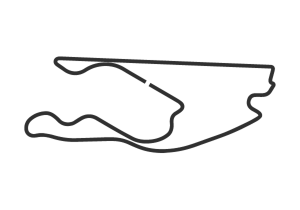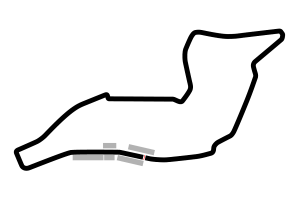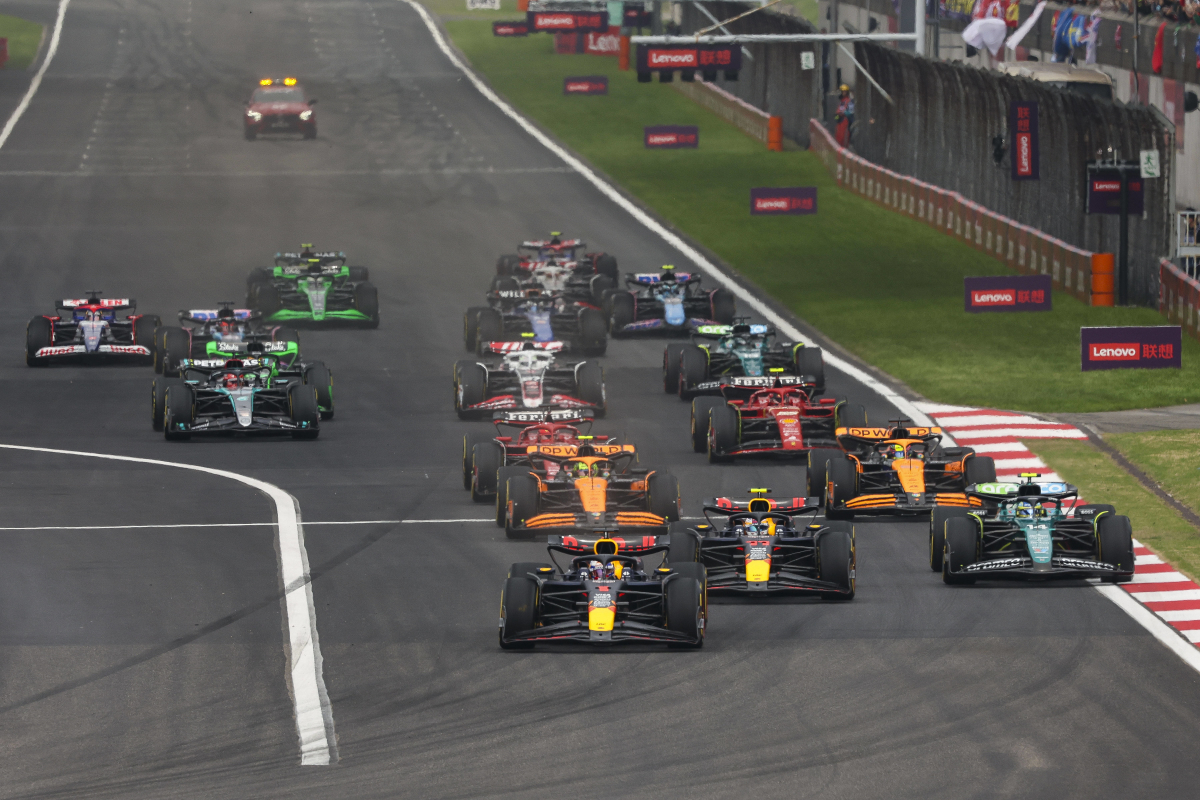Ever heard commentators mention out-lap, hot lap, and in-lap during an F1 race weekend and wondered what they meant?
Formula 1 with its complex strategies can throw a lot of jargon at new fans. But don't worry! We are here to break down some of the most common phrases you will hear during a race, qualifying, or practice, starting with these terms.
YOU MIGHT ALSO LIKE...
F1 Explained: What is a pit stop and how does it work?
Pit stop strategy explained: How the undercut and overcut work in F1
The Out Lap
The out-lap is the first lap a driver completes after leaving the pit-lane. In qualifying, this slow lap serves a crucial purpose: heating the tyres, brakes, and engines.
It allows drivers to gradually increase the temperature of these components, optimising performance for the hot lap that follows.
As they approach the final corner, they will accelerate to gain some speed before crossing the start/finish line for their all-important hot lap.
However, during the race, drivers will push their cars more as every second counts, but they will be cautious as their tyres won't have the same grip as those of rivals who haven't pitted yet.
The Hot Lap
Also known as the flying lap, this is the lap where drivers aim to set a fast time in qualifying or record a track time in the case of practice.
This lap is performed immediately after the out-lap in qualifying, and drivers get multiple attempts to set the fastest time possible and secure the best grid position for the race.
The In Lap
This is the final lap a driver completes before returning to the pits. The purpose of this lap differs between qualifying and race scenarios.
In qualifying and free practice sessions, the in-lap is a slow, controlled affair. Having already set their time, there's no need to push the car further. The focus shifts to cooling down the tyres and brakes to prevent overheating and excessive wear - which are critical to the car’s preparedness for the following session.
In-laps during a race, however, are a different story. Knowing they will be swapping tyres anyway, drivers can exploit this lap to make up the time they are about to lose during the pit stop.
They can push the car harder and try to widen the gap between themselves and rivals behind before pitting for fresh rubber.
The Formation Lap
There's one more lap worth mentioning: the formation lap, also known as the warm-up.
This lap takes place just before the race starts and allows drivers to line up in the order in which they qualified, as well as warm up the tyres, brakes, and engine and ensure that everything is working perfectly well.
That's also where you will see drivers weave from side to side - which is a technique to generate heat across the tyre surface without excessive wear.
READ MORE: F1 Explained: A beginner's guide to all the key terms and definitions
Related






 GP BAHRAIN
29 Feb - 2 Mar
GP BAHRAIN
29 Feb - 2 Mar

 GP SAUDI ARABIA
7 - 9 Mar
GP SAUDI ARABIA
7 - 9 Mar

 GP AUSTRALIA
22 - 24 Mar
GP AUSTRALIA
22 - 24 Mar

 GP JAPAN
5 - 7 Apr
GP JAPAN
5 - 7 Apr

 GP CHINA
19 - 21 Apr
GP CHINA
19 - 21 Apr

 GP USA
3 - 5 May
GP USA
3 - 5 May

 GP ITALY
17 - 19 May
GP ITALY
17 - 19 May

 GP MONACO
24 - 26 May
GP MONACO
24 - 26 May

 GP CANADA
7 - 9 Jun
GP CANADA
7 - 9 Jun

 GP SPAIN
21 - 23 Jun
GP SPAIN
21 - 23 Jun

 GP AUSTRIA
28 - 30 Jun
GP AUSTRIA
28 - 30 Jun

 GP GREAT BRITAIN
5 - 7 Jul
GP GREAT BRITAIN
5 - 7 Jul

 GP HUNGARY
19 - 21 Jul
GP HUNGARY
19 - 21 Jul

 GP BELGIUM
26 - 28 Jul
GP BELGIUM
26 - 28 Jul
























 Grand Prix of Azerbaijan 2024
Grand Prix of Azerbaijan 2024  Grand Prix of Singapore 2024
Grand Prix of Singapore 2024  Gran Premio de la Ciudad de Mexico 2024
Gran Premio de la Ciudad de Mexico 2024  Grande Prêmio de São Paulo 2024
Grande Prêmio de São Paulo 2024  Qatar Grand Prix 2024
Qatar Grand Prix 2024  Grand Prix of Abu Dhabi 2024
Grand Prix of Abu Dhabi 2024 